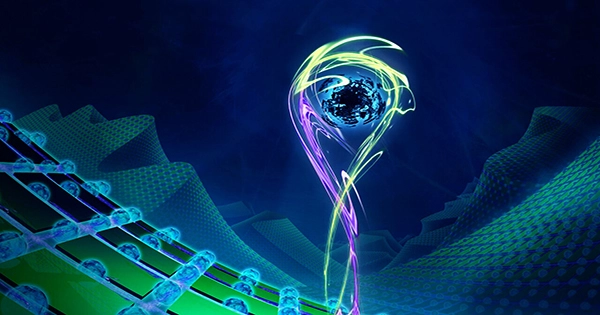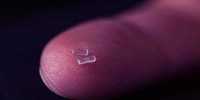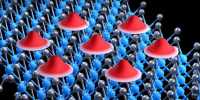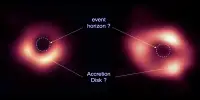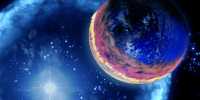Scientists have been chasing the goal of quantum computing, which would revolutionize information processing, for decades. Long-distance quantum communications is a companion dream, allowing distant quantum computers to communicate with one another.
However, in order for this to happen, we need to be able to expand the amount of time that quantum bits of information can be held, thus a new storage record is a significant step forward, even if the period is still shorter than human detection capabilities. Quantum computing employs quantum bits, or qubits, instead of bits and bytes to store information. These enable quantum superposition of two states, allowing an electron to be spin up and spin down at the same time.
Qubits may be transported as light over optical fibers, much like conventional bits, but there is a limit to how far the photons carrying them can go until repeater stations are necessary. However, unlike conventional bits, these repeater stations are unable to replicate or amplify qubits without destroying their quantum state. The answer is to make quantum memory crystals, which allow photons to transmit their quantum state to the crystal’s atoms, which may then be reproduced and sent on. The first demonstration of such memory occurred in 2015, however it only lasted 0.5 milliseconds. The goal was to beat 10ms, which was the basic minimum for practical usage.
The authors of the 2015 research have revealed that they have improved their prior performance by a factor of 40 in the journal npj Quantum Information. Dr. Mikael Afzelius of the University of Geneva stated in a statement that 20 milliseconds is as short as it gets to our senses: “This is the first time a quantum memory based on a solid-state system, in this case, a crystal, has broken the world record. We’ve even gotten beyond 100 milliseconds with only a minor loss of quality.”
Afzelius and co-authors doped yttrium silicon dioxide crystals with the rare earth europium, one of the least well-known elements in the periodic table. The atoms in the crystals sustain quantum entanglement when held at temperatures near absolute zero. “We employed dynamic decoupling methods, which consist of transmitting powerful radio frequencies to the crystal, and applied a modest magnetic field of one-thousandth of a Tesla to the crystal.” “These strategies have the effect of decoupling rare-earth ions from environmental disturbances,” stated co-author student Antonio Ortu.
The inclusion of the magnetic field is credited with the majority of the improvement, according to the report. It points out that doped crystals enable efficient “multiplexing” of qubits in distinct degrees of freedom, allowing for the storage of multiple qubit modes rather than each qubit mode requiring its own crystal. It will be essential to create less heat in the decoupling or develop a better technique to remove it to lengthen the storage time. The authors believe they can do it, but creating devices that can store more than one photon at a time would be more difficult. Not only will this be substantially more efficient, but it will also ensure anonymity by entangling the photons.
